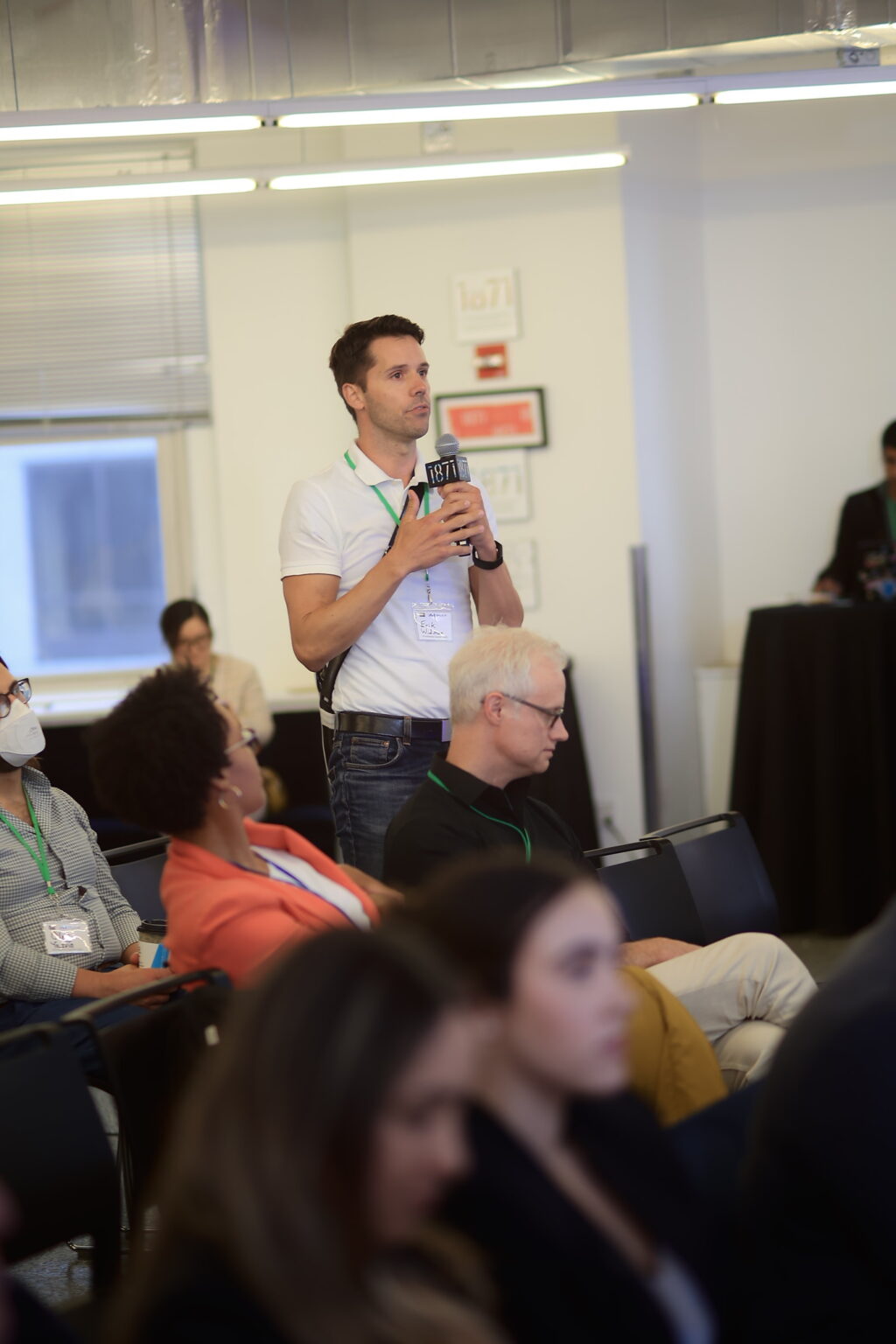
Audience
- Sentiment: Neutral
- Political Group: Conservative
- Age Group: Teens
- Gender: All genders
Overview
- Vice President JD Vance emphasizes the importance of balancing AI regulation with the need for innovation.
- The article discusses the impact of European regulations on AI development and innovation.
- The AI Action Summit highlights the global cooperation needed for inclusive AI development.
AI and the Future: A Perspectives on Innovation and Regulation
On a cool day in Paris, where the Eiffel Tower sparkles against the blue sky, the topic of artificial intelligence (AI) became the center of attention. It wasn’t a movie premiere or a fashion show that drew the crowds but the AI Action Summit, a gathering of top officials and tech enthusiasts from over 70 countries. In the heart of this important event, Vice President JD Vance made some bold remarks about AI regulation, stirring up quite a bit of conversation.
Vance’s speech tackled a crucial point — the balance between monitoring technology’s effects on society and encouraging innovation. This is where the complexity lies, and it’s a reality we will all face as we move into an increasingly tech-driven future. So, let’s dive deep into what he said, why it matters, and how it might affect you and your world in the years to come.
Understanding the Landscape of AI
Artificial intelligence has become a buzzword that you might hear in school, on social media, or in conversations with family. But what is AI? Simply put, it’s a branch of computer science that seeks to create machines capable of performing tasks that typically require human intelligence. This includes things like recognizing speech, making decisions, translating languages, and even driving cars. AI is everywhere, from your smartphone’s voice assistant to recommendation algorithms on Netflix.
Imagine your favorite video game character learning from your moves and getting better; that’s a form of AI at play! But as technology progresses, questions arise: How do we harness AI safely to improve our lives without letting it cause more problems than solutions?
JD Vance’s Take on European Regulations
When JD Vance addressed the audience in Paris, he pointed a finger at the European Union (EU) and its strong regulations surrounding AI. The EU has been famous for creating strict rules to protect privacy and ensure that technology serves the public good. For example, two major regulations — the Digital Services Act (DSA) and the General Data Protection Regulation (GDPR) — were designed to hold tech companies accountable for how they use personal information and how they manage online content.
Vance, however, cautioned that such regulations could be “risk-averse.” This means that instead of promoting innovation and creating new opportunities for technology to flourish, these rules could stifle growth and limit the potential for creative breakthroughs. Imagine trying to bake a cake but following a recipe that only allows you to use a couple of ingredients — the cake might turn out alright, but it won’t be as delicious as it could be with a wider variety of options.
Vance believes that the U.S. should maintain its position as a leader in AI development, taking a more optimistic approach to the technology. He wants Americans and their European allies to recognize AI’s promising potential rather than viewing it solely as a risk that needs to be regulated. This marks a shift from the previous administration, which took a more collaborative approach to international tech regulations.
The Impact of Regulations on Innovation
You might be wondering, what’s the big deal about these regulations, and how do they affect us? Think about a teacher in school who sets strict rules about what you can and cannot use for a project. If you’re allowed only to use a textbook but not the internet or any creative tools, you might find it hard to produce an interesting project. Similarly, regulations that are too strict can limit what tech companies can explore, potentially slowing down advancements in technology and innovation.
For students like you, this means that the future could be shaped by the tools and technologies available to you. If AI companies can’t experiment with new ideas freely, we might see fewer cool innovations like virtual reality games, advanced educational tools, and even breakthroughs in healthcare technology that could save lives.
The Balance of Regulation and Innovation
So, what’s the solution? If some regulation is necessary to protect people’s privacy and prevent misuse of technology, how can we keep the door open for creativity and advancement? This is where the discussion gets interesting!
Imagine having a set of guidelines to follow while still being encouraged to be creative. For instance, if you’re assigned a project to design a video game, the teacher might say you can’t use violence or offensive content but still let you choose any theme, style, and characters you want. With that freedom to innovate within a framework of responsibility, you could develop a unique game that’s both exciting and appropriate.
In the realm of AI, it’s essential to strike a similar balance — ensuring that regulations promote safety and individual rights without stifling innovation. Vance’s call for a more optimistic view of AI suggests that there’s incredible potential waiting to be unlocked, but we need to cultivate an environment that allows, and even encourages, experimentation.
The Bigger Picture: Global Commitment to AI
At the AI Action Summit, delegates from over 70 countries came together to discuss how they could work together for inclusive AI development. This cooperation is vital because AI doesn’t just belong to one nation; it’s a global technology that can bring about different benefits and challenges worldwide.
However, while many nations worked to sign agreements promising to make AI development inclusive and beneficial for all, both the U.S. and the U.K. opted not to sign the resulting agreements. This decision indicates a difference in approach — while many countries might lean toward cautious regulation, the U.S. appears more focused on ensuring that innovation continues to thrive, even if it means facing some risks.
The Future Through Your Eyes
As a 9th grader, you’re at a pivotal stage of your life. You’re thinking about your future, your career aspirations, and what role technology will play in your life. Whether you’re aiming to become a doctor, a software developer, an artist, or anything in between, AI will undoubtedly affect your path. It’s already changing how we learn, communicate, and solve problems.
Think about the tools you use daily. From social media apps that let you connect with friends to learning platforms that make studying easier, AI is likely embedded in these technologies. It’s crucial to stay informed about how these tools are developed and regulated, as decisions made today will impact your future.
Engaging the Next Generation
As you reflect on all this, consider how you define the relationship between safety and innovation. Should there be limits to what AI can do, even if they could slow down advancements? Or do you believe in a world where innovation should happen freely, no matter the risk?
Let’s keep the conversation going! What are your thoughts on the balance of AI regulation and innovation? Do you think it’s more important to prioritize safety or to encourage creativity and exploration? Share your ideas in the comments below! Your insights could spark discussions that shape the future!






